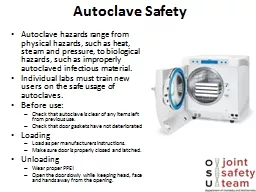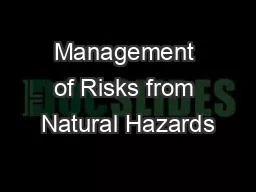PPT-Natural Hazards Year 9 Geography
Author : burganog | Published Date : 2020-10-01
5A1 Investigating Australias Physical Environments Syllabus Agenda the nature of the natural hazard in Australia the geographical processes involved the impacts
Presentation Embed Code
Download Presentation
Download Presentation The PPT/PDF document "Natural Hazards Year 9 Geography" is the property of its rightful owner. Permission is granted to download and print the materials on this website for personal, non-commercial use only, and to display it on your personal computer provided you do not modify the materials and that you retain all copyright notices contained in the materials. By downloading content from our website, you accept the terms of this agreement.
Natural Hazards Year 9 Geography: Transcript
Download Rules Of Document
"Natural Hazards Year 9 Geography"The content belongs to its owner. You may download and print it for personal use, without modification, and keep all copyright notices. By downloading, you agree to these terms.
Related Documents

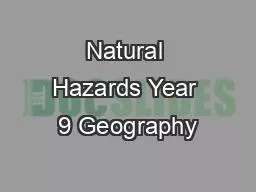



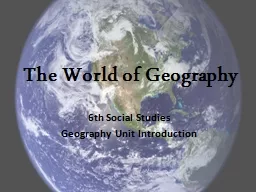


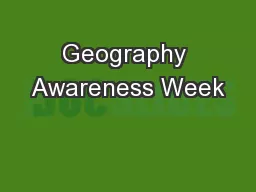

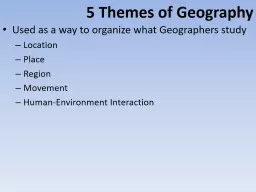
![Geography Coasts Coastal Erosion [Date]](https://thumbs.docslides.com/660288/geography-coasts-coastal-erosion-date.jpg)

